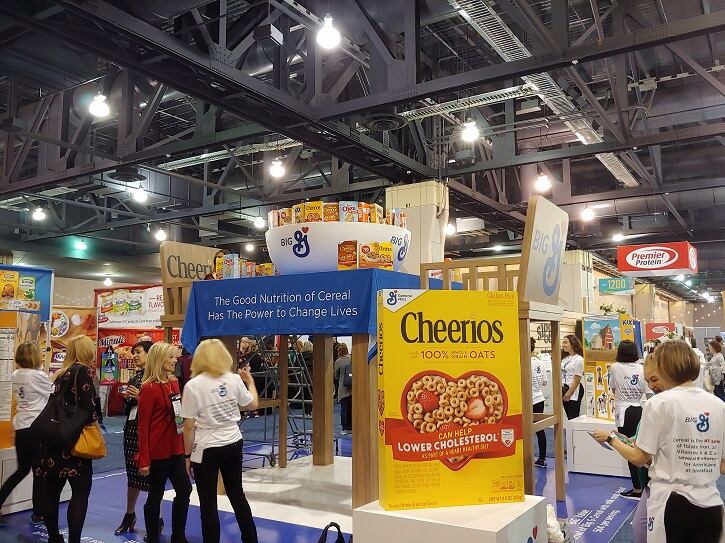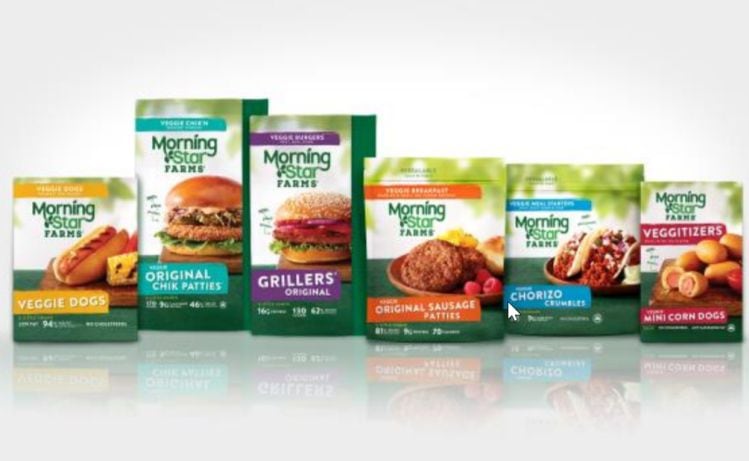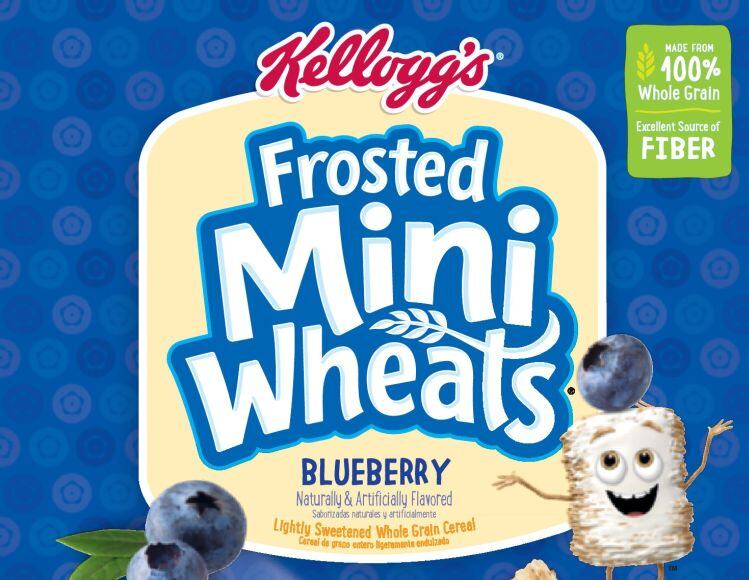“At General Mills, we believe in cereal and that it can provide a ton of nutrition for all Americans,” Amy Cohn, a registered dietitian and the nutrition & external affairs manager for General Mills cereals, told FoodNavigator-USA.
She explained at the Food & Nutrition Conference & Expo in Philadelphia late last month that “fortified cereal historically today – and likely in the future – really helps close the nutrient gaps for many Americans. It is literally the #1 source of many vitamins and minerals, including folate, iron, zinc, vitamin A and vitamin E for all Americans.”
And yet, she said, the company knew it could do better and it saw the upcoming deadline to comply with new Nutrition Facts Labeling as a good opportunity to reevaluate the fortification levels of minerals and nutrients in its cereals based on mandatory label updates.
The updates include increasing the serving size of ready-to-eat cereal from 1 cup to 1.5 cups for consumers older than 4 years as well as call-outs for different nutrients, updated daily values and a new added sugar line along with several other changes. These technically go into effect Jan. 1, 2020, for businesses with more than $10m in annual sales. However, last month FDA announced it would exercise enforcement discretion for an additional six months for products that needed the extra time to comply. Smaller businesses have until Jan. 1, 2021, to comply.
“We worked with Regan Bailey, who is a professor at Purdue University and also a registered dietitian, to do some modeling work with [National Health and Nutrition Examination Survey] data to understand with the NLR changes to the reference amount customarily consumed of cereal how to optimize fortification” of General Mills’ products, Cohn explained.
Based on that research, she said, the company reduced the amount of some of the B vitamins, including thiamin, niacin and riboflavin because it found “these were not longer problem areas for most Americans.”
At the same time, the company is still looking for ways to increase in its cereals the amount of typical shortfall nutrients, including calcium, vitamin D and potassium, but without negatively impacting the product or consumers’ experience, she added.
“We are still working through that, but I am excited that we will eventually be able to bring more calcium and vitamin D to our cereal,” Cohn said.
Beyond fortification, cereal is the #1 source of whole grain and fiber for Americans at breakfast and for children 2-12 years who eat cereal it comes with 57% of their milk consumption, which also helps boost their daily vitamin D and calcium intake, Cohn said.
Sugar reduction is an ongoing process
In addition to adding nutrients of value, Cohn said, General Mills continues to look for ways to reduce sugar in its cereals and educate consumers that the amount of sugar in its products has not increased, even though the new Nutrition Labels give that impression.
She explained that because the serving size now is larger in the Nutrition Facts Panel a serving of Cheerios has 2 grams of sugar, whereas before with the smaller serving size it had 1 gram. This increase is simply related to the larger portion size, not because the company added more sugar, Cohn stressed.
“At General Mills we have a long history of reducing the sugar content in many of our cereals. In fact, if you look back to 10 years ago compared to today, you will see a big difference in our sugar content. And we are always, always looking for ways where we can decrease the sugar content without impacting the taste, flavor or texture,” Cohn said.
She explained the company approaches sugar reduction two ways. The first is using sugar alternatives “that are acceptable” for consumers to maintain the sweetness while reducing calories from sugar. The second is to “use sugar differently so we can use less of it,” she said. For example, putting sugar on the outside of the finished product so that it hits the taste buds more quickly and increases the perception of sugar.
Finally, she noted, General Mills has “more than 100 different varieties of cereal for you to choose from, so I can guarantee you have cereals that will meet your sugar requirement, whatever that may be. It is all about choice.”
An affordable option
At FNCE, Cohn and the General Mills team also were educating nutritionists and other attendees about the value of cereal as a low-cost way to fill potential nutrient gaps.
“I am really proud of the affordability of cereal,” which on average costs just 50 cents per serving with milk for a General Mills brand, she said.




